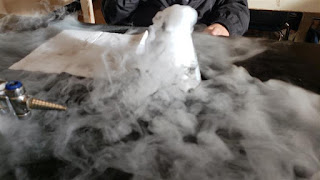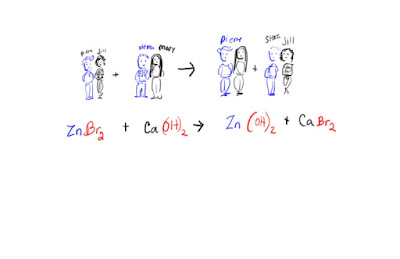 |
| I observed this (native species) Douglas Squirrel in Capilano Suspension Bridge park. It is a herbivore eating Douglas fir cones but it was also begging for food. |
Today you will do a scavenger hunt activity. Make a document, pdf or powerpoint to upload onto TEAMS and this document must have an example of the following WITH YOUR MAPLE LEAF with your name (or a piece of paper with your name if you don't have your maple leaf. ) If the pic doesn't have your name then you lose a mark.
note that class sessions will do this in class. And Flex blocks will do this on their own time during flex!
You will get 2 marks for each item:
Go to a park (such as Trout Lake) and for one mark, find an example of the following For your second mark, explain what you found in a sentence. If you are doing this work from home, you may easily do this in a garden or yard!
1. Take a beautiful landscape picture of your site with your team members in it.
2. Take a picture of 3 trees Use iNaturalist to identify these using the leaves
3. Take a picture of one animal that eats plants (herbivore). Can be a bug or a worm
4. animal that eats herbivores. (Can be a bird)
5. one animal that eats animals that eat herbivores, a top predator, or evidence that it lives there...coyote hair, owl poo, etc.
6. Take a picture of COMMENSALISM
7. Find an animal in its NICHE and take a picture.
8. Find an example of PARASITISM
9. Find animals or plants that appear to be COMPETING for something (if it is an animal, it competes for food, prey, mates, territory...if it is a plant, it might compete for light, water, space etc)
10. find an animal, plant or fungus in its HABITAT.
Evaluation:
18-20/20 This is an excellent compilation of ecological interactions! Every item has a clear pic with your name (on a maple leaf) or a team member, or a paper with your name on it. And a sentence EXPLAINING how your picture illustrates the ecological concept. Your explanation makes sense and is logical.
13-17 Every item has a clear pic with your name (on a maple leaf) or a team member, or a paper with your name on it. And a sentence EXPLAINING how your picture illustrates the ecological concept. Your explanation needs a little more evidence to be convincing but you have amazing pictures!
5-12 You have a pretty good start on this and the pics are great but you did not include your name or team members in EACH photo or you are missing the explanation.
























